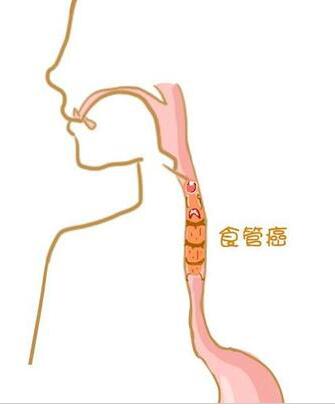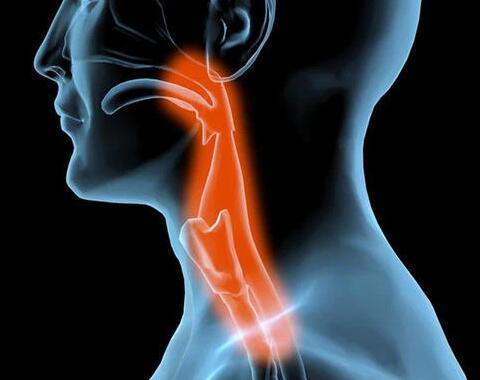- E-mail : info_medicalmarketing@jindunmedical.com
- Phone : +86 21 64057580
- Address : Shanghai China
Esophageal Cancer Symptoms and Treatment

The manifestations of early esophageal cancer are often choking sensation, foreign body sensation when swallowing food, discomfort, burning sensation, needle-like and pulling pain behind the breastbone, and retention sensation when eating food. The main manifestations of advanced esophageal cancer are progressive dysphagia; reflux when eating food, pain when swallowing, and other manifestations, such as significant weight loss in the near future; anemia, mental depression and other manifestations of systemic failure ; Compression of the recurrent laryngeal nerve can cause hoarseness and even difficulty breathing. Distant metastases can cause other manifestations, such as pain in bone metastases and jaundice in liver metastases. When a patient presents with chest pain, chest tightness, shortness of breath, fever, and cough, the possibility of esophageal perforation should be considered.

Endoscopic treatment
Endoscopic treatment methods for esophageal cancer in dry stage mainly include: endoscopic mucosal resection (EMR) and endoscopic mucosal dissection (ESD); endoscopic ablation: including chloride plasma coagulation method, laser method, microwave method , and photodynamics. Endoscopic treatment methods for advanced esophageal cancer mainly include: 1. Simple expansion. The advantage is that this method is simple, but the disadvantage is that the action time is short, and repeated expansion is required; and it cannot be used for patients with extensive changes. 2. Esophageal stent placement: The advantage is that it can last for a long time, and it is suitable for patients with malignant esophageal cancer obstruction, esophageal tracheal atrophy, and esophageal cancer after boils. 3. Endoscopic tumor ablation: suitable for patients with exophytic and polyp tumors, and the lesions are located in the middle and lower esophagus. 4. Photodynamic therapy: It mainly treats the partially occluded part of esophageal cancer.
operation treatment
Surgery is the treatment of choice for esophageal cancer. The scope of resection includes complete tumor resection and lymph node dissection; lower esophagus cancer should be anastomotic on the aortic arch, and middle or upper esophageal cancer should be anastomosed on the neck. Advanced esophageal cancer is unresectable. To improve the quality of life, gastrostomy is feasible.
Radiation Therapy
Radiation therapy is relatively ineffective for adenocarcinomas and relatively effective for squamous and undifferentiated carcinomas. The effect of radiotherapy for upper esophageal cancer is no less than that of surgery, so radiotherapy is the first choice for the treatment of upper esophageal cancer. The use of radiotherapy before surgery can reduce tumor volume and improve resection rate and survival rate. Postoperative radiotherapy is beneficial for lesions that are not completely removed during surgery or there are residual lymph nodes near the lesions that are not removed.
chemotherapy
Chemotherapy is combined with surgery and radiation therapy for inoperable advanced esophageal cancer or after surgery for esophageal cancer. Esophageal cancer has low sensitivity to chemotherapy drugs, and the efficacy of single drug is very poor. Combination chemotherapy is advocated, but the overall chemotherapy effect is still not very good.
The early symptoms of the disease are not obvious in the development process. If you feel unwell, you should go to the hospital to see a doctor as soon as possible, so as to achieve early detection, early diagnosis and early treatment.





































